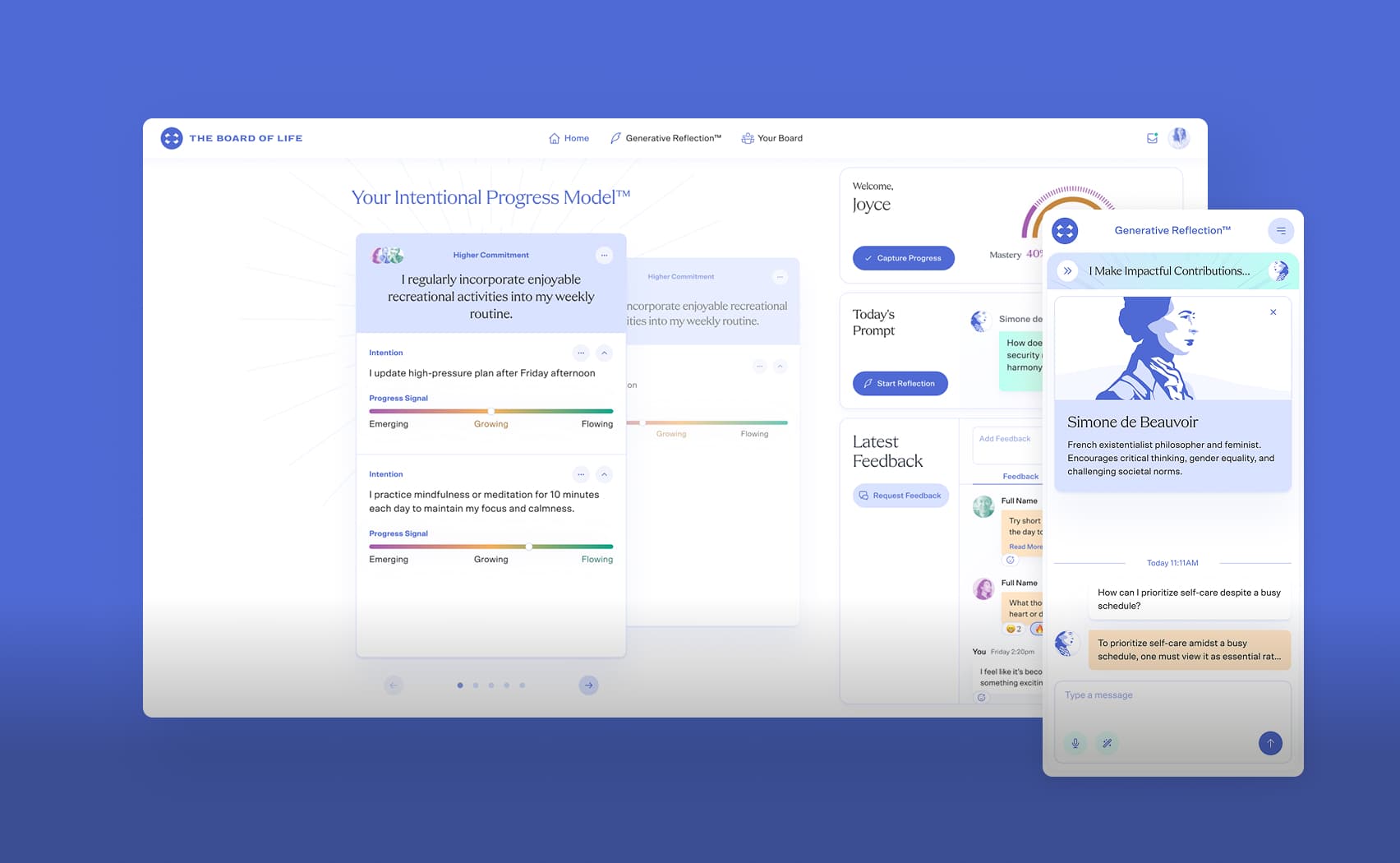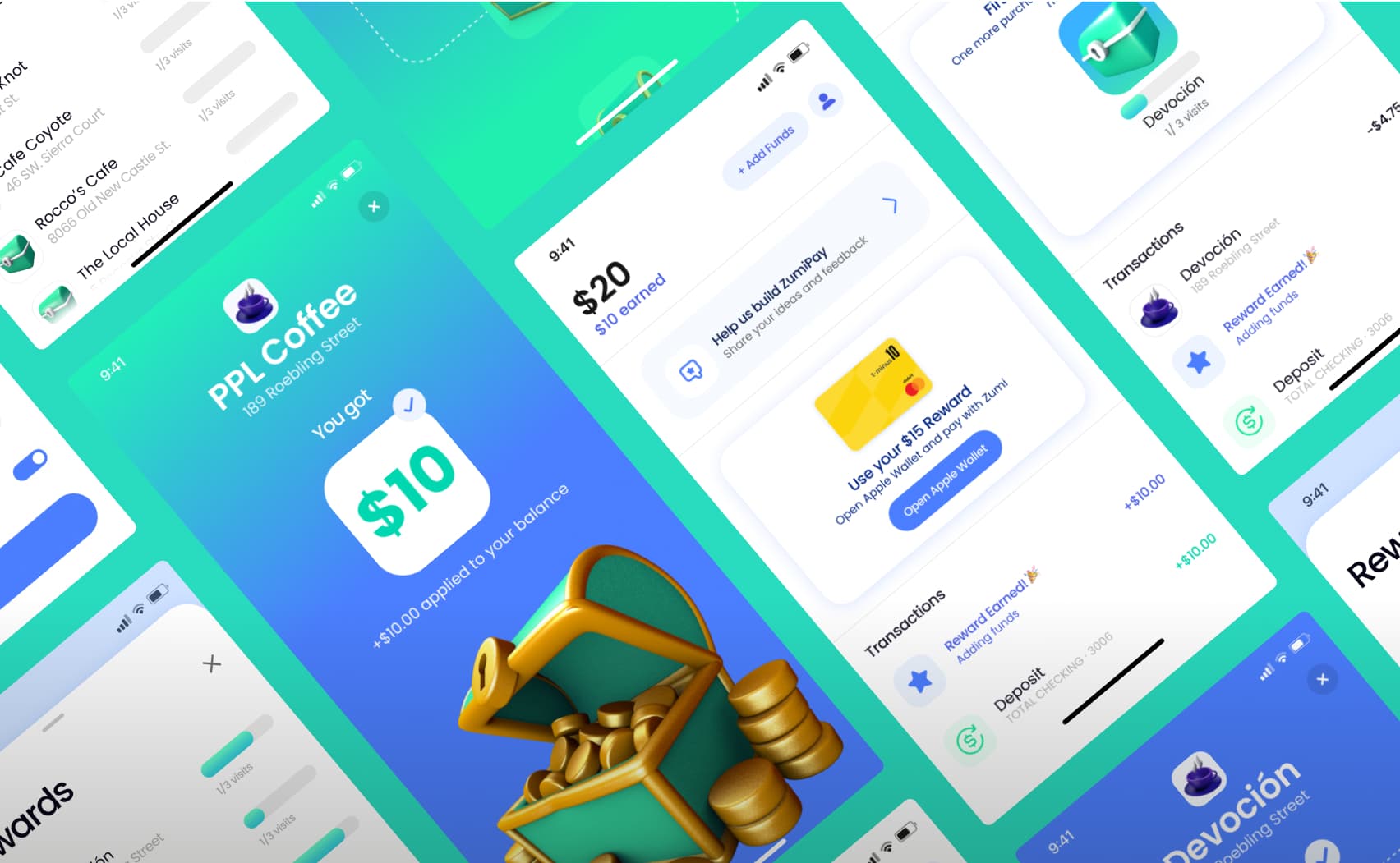The Importance of Having a Solid GTM Plan
Launching a business is always an exciting and stressful time, because anything could happen. The product you’ve been working on for months could suddenly take off beyond your wildest expectations, or it could attract no attention at all.
There’s nothing worse than finding out there’s no market for your product only after devoting so much time to it. But fortunately, there’s a lot you can do to reduce the chance of that happening. Specifically, founders should create a solid go-to-market plan for their product, long before development is anywhere near completed.
Without such a plan, it’s easy to fall into the trap of not really knowing who your product is for or what problem it is supposed to solve. Many founders have brought excellent products to market, only to discover that the people they thought would buy it were not even interested.
What is a Go-to-market Plan?
A go-to-market plan, or GTM plan, is your entire plan for bringing your idea to market. It includes the plans for the launch, but also other factors, such as marketing and sales before and after the launch.
A solid GTM plan will answer questions like:
- Who is going to buy my product?
- What problem will I solve?
- How will I reach potential buyers?
- Who are my competitors?
Depending on the nature of your business, there are a couple different forms that a GTM plan could take.
In a traditional funnel plan, you attract leads and nurture them into sales. By casting a wide net you can continuously feed people information on your product until they are ready to make a purchase. In the early stage, at the top of the funnel, potential buyers are simply made aware of your brand. Closer to a purchase, at the bottom of the funnel, potential buyers might get on sales calls or talk face-to-face with you.
In a flywheel setup, you focus more on long term customer relationships. The goal is to quickly establish momentum that you can direct to your ends. The process is supposed to be self-sustaining, by placing the customer at the heart of everything you do.
Either setup has its pluses and minuses, but generally a flywheel approach makes more sense for cases where you intend to have many long-term or recurring customers.
Your Idea Is At Least As Important As The Product Itself
Many founders get fixated on their prototype or MVP, thinking that it needs to be perfect. The truth is, no matter what you build, it needs to find a good market fit.
That’s why the idea is at least as important as the product itself. Many software products get investor backing even with no prototype at all, because they have already proven the value of their idea through extensive market research.
Lack of product market fit is always one of the top reasons for startup failures, and for obvious reasons. If you can’t find anyone to buy your product, you won’t make any money! One study estimated that 35% of startups fail due to no market need.
This is especially important for anyone building a platform. Platforms are intended to be used by many people. Without first reaching a certain critical mass, they may provide no value at all.
The point of building an MVP is to verify your business idea, to make sure there’s enough appetite to work with.
Building a Solid GTM Plan
To build a GTM plan that you can rely on, I recommend going back to the questions mentioned above.
Who is going to buy my product?
Do some market research, and come up with detailed profiles on who you think will be a typical customer or client. In our Technology Audit program, we do exactly this. During an intensive multi-week operation, we develop concrete buyer profiles for our clients’ proposed products.
What problem will I solve?
Every product solves some sort of problem. The exact nature of the problem will be closely bound up with the first question: who will buy my product?
For example, both doctors and dentists need patient scheduling software. But if you plan to sell your product to dentists, you might want to think more specifically about the specific problems that dentists have.
How will I reach potential buyers?
There are more ways to reach people now than ever before. Social media, paid ads, sales calls, and even direct mail can be used.
But this makes things more difficult. The hard part now is deciding which channels to use, and that will depend a lot on what your intended buyer looks like.
Who are my competitors?
It’s important to know your competitors to see what they are doing right, what they are doing wrong, and what they aren’t even doing at all.
The latter case is often a good place to start, especially in a crowded market. Anything to differentiate yourself from competitors is worth considering.
Strategy & Planning Should Precede Development
Except for the most basic prototypes and demonstrations, you should spend lots of time perfecting your plans before you start building anything concrete.
There’s a simple reason for this: development is expensive. Not just in terms of money, but in terms of time, energy, and commitment.
If you spend months building something without a concrete GTM plan, you could experience the devastation of launching a failed product.
On the other hand, if you have a plan that you know is going to work, it’s a lot easier to commit your resources to putting it into action.
JetRockets works with many founders to build the digital platform of their dreams, but we also engage our clients in extensive research and planning before we write a single line of code. This is one way in which we help our clients reach their goals.



